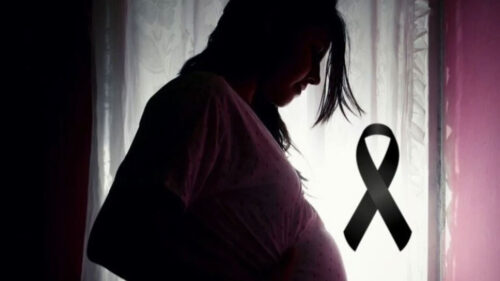According to a new report from the World Health Organization (WHO), maternal deaths have either increased or stagnated nearly everywhere, from 223 maternal deaths per 100,000 live births in 2020, down from 227 in 2015 and 339 in 2000.
Tedros Adhanom Ghebreyesus, WHO Director-General, highlighted stark disparities in healthcare access in many regions and the urgent need “to ensure every woman and girl has access to critical health services before, during and after childbirth, and that they can fully exercise their reproductive rights”.
The WHO-produced report, Trends In Maternal Mortality, tracked 287,000 maternal deaths worldwide in 2020, which represented “only a slight decrease” from 309,000, in 2016.
It detailed that in two of the eight UN regions – Europe and North America, and Latin America and the Caribbean – maternal mortality rate ramped up from 2016 to 2020 by 17% and 15%, respectively, while it stagnated in the other areas.
In 2020, about 70% of all maternal deaths were in sub-Saharan Africa. And in nine countries facing severe humanitarian crises, maternal mortality rates were more than double the world average (551 maternal deaths per 100,000 live births, compared to 223 globally).
In nine countries with severe humanitarian crises, rates were more than double the global average: 551 maternal deaths per 100,000 live births, compared to 223 globally.
The study meant that the main causes are severe hemorrhage, hypertension, pregnancy-related infections, complications due to unsafe abortion and underlying conditions that can be aggravated during pregnancy (such as HIV/AIDS and malaria).
Experts noted that all of these causes are largely preventable and treatable with access to high-quality, respectful health care.
pll/lam/lpn










